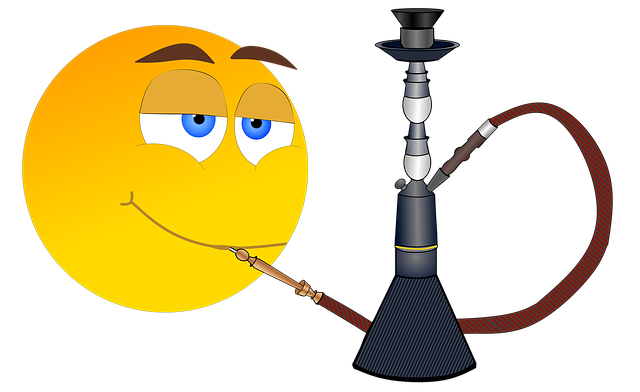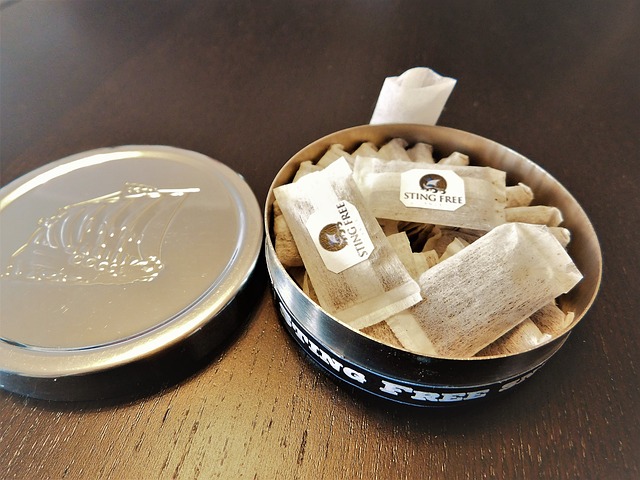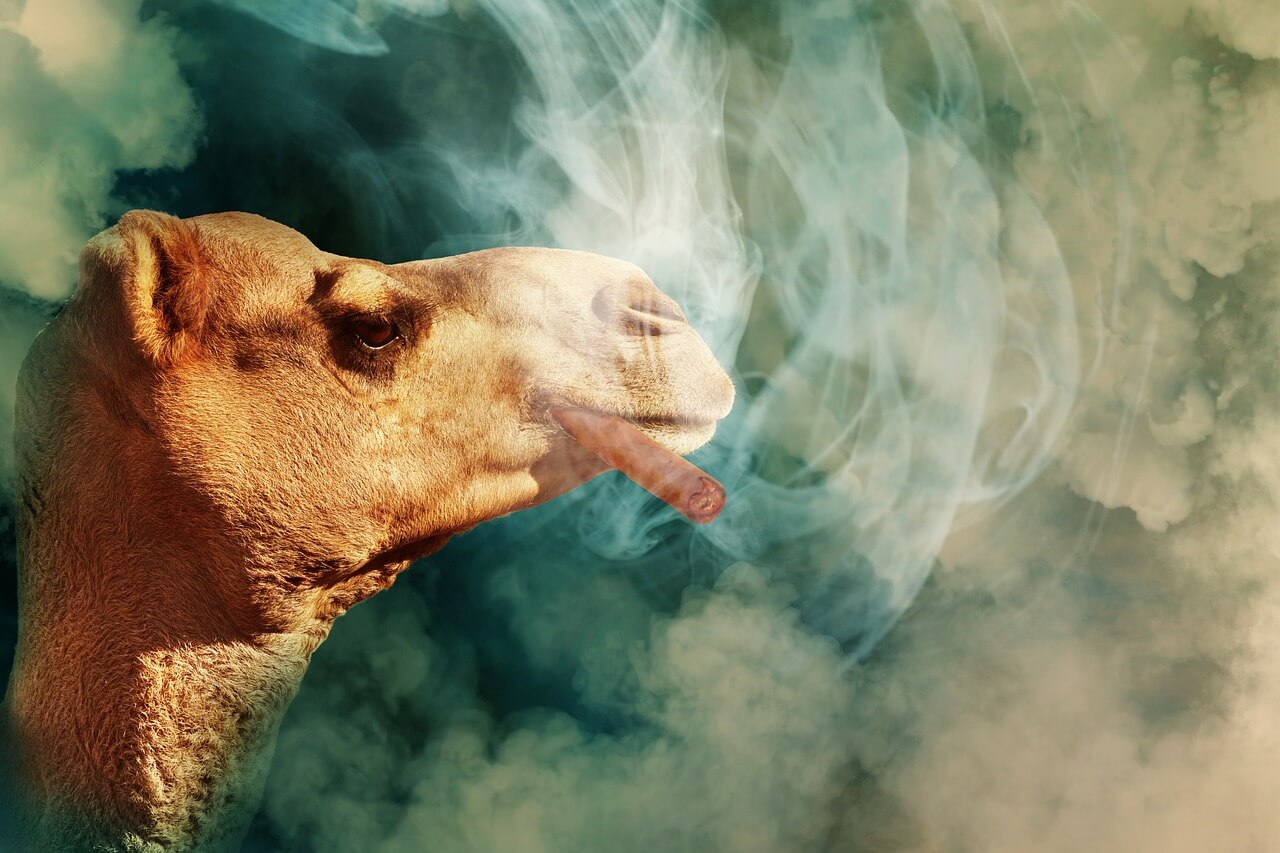When we think about smoking our mind directly pans to commercial cigarettes that are available just about everywhere. We are here to broaden your perspective and shine a light on the other kinds of traditional tobacco products.
Some of these you have come across before, and the others are very niche to a certain geographical location. But this is what’s great about smoking, right?
Literally, tobacco comes in many forms, shapes, and sizes. Because the tobacco plant itself and the way of consumption are different in every part of the world, it highlights our cultural diversity. Tobacco mirrors us as humans and it’s befitting for us to go into its different kinds. Let’s get into it!
This is the list of products that contain the dried and cured leaves of any plant that belongs to the Nicotiana genus:
Cigar
Most cigars are usually made from a single variety of cured or air-cured tobacco. In a multi-step process that can take three to five months, the cigar leaves are aged for about a year before fermentation.
Fermentation creates bacteria and chemical reactions that change the tobacco. This is what distinguishes cigars from cigarettes in terms of taste and aroma. Regular cigars have no filters and are larger than cigarettes.
Cigarillas, also called cigarillos, are very similar in size and shape. Cigarillos are usually flavored like chocolate, cherry, apple, and mango. Cigars have a higher nicotine content than cigarettes. When a cigar smoker inhales, nicotine is absorbed through the lungs as quickly as a cigarette. The oral mucosa is where nicotine is absorbed more slowly in people who do not inhale it.
Cigarettes
Cigarettes are still the most commonly used tobacco product in the world.
Tobacco in the form of cigarettes became more common in the English-speaking world during and after the Crimean War when British soldiers began to imitate their Ottoman Turkish comrades and Russian enemies by rolling and smoking tobacco on old newspaper strips and proper cigar rolls.
This is due to the development of tobacco suitable for cigarette use, as well as the development of Egypt’s cigarette export industry.
Cigarettes are made from salted and crushed tobacco. Reclaimed tobacco and other additives are rolled or filled into paper tubes. Many cigarettes have filters at the end and they come in many different sizes such as slim size and king size.
Hookahs

A hookah is a water pipe used to smoke a special heated concoction of tobacco, fruit, and or vegetable called a Shisha. They usually work by passing charcoal-heated air through the special mixture of tobacco and finally through a chamber filled with water. The user then inhales the smoke through a pipe and mouthpiece. A head, body water bowl, and hose are the components of a hookah. Charcoal is typically used in hookahs to heat shisha.
Snus
A tobacco product that originated as dry snuff in Sweden in the early 1700s. They used to be this powder that was dedicated to the French Queen Catherine de Medici (1519-1589) to relieve migraines from which she suffered. Snuff quickly became fashionable at the French court and French high society.
It is placed between the upper lip and the gums for a long time as a sublabial route of administration. Snuff is not fermented. Although snus usually does not require saliva and is used in the same way as American rolled tobacco, it is steam pasteurized, unlike nasvara.
Snuff
Snuff is a type of smokeless tobacco made from finely ground or chopped tobacco leaves. It is inhaled or “sniffed” into the nasal cavity, rapidly releasing nicotine and a lingering flavor (especially when the flavor is mixed with tobacco).
Traditionally, a pinch of snuff is placed on the back of the hand, pinched between the thumb and forefinger or in a specially made “sniffing device,” and gently sniffed or inhaled.
Snuff originated in America and was widely used in Europe in the 17th century. Traditional snus production involves a long, multi-stage process in snuff factories. Individual tobacco leaves first go through a special curing or fermentation process that gives each snuff blend its unique character and taste.
Snuff is usually scented or flavored, and many varieties of blended snuff require months or even years of special storage to reach the desired maturity.
Kreteks
Some people call Kreteks, which are pronounced “cree-techs,” clove cigarettes. Kreteks are imported from Indonesia and typically include a blend of tobacco, cloves, and additional ingredients.
The origin of kretek cigarettes dates back to the year 1880. The creator of kretek was Hajj Djamhari, a kudu from the central Java region of Indonesia. Djamhari suffered from chest pains and tried to ease the pain by rubbing clove oil on his chest. Looking for a way to get deeper relief, Djamhari smoked his hand-rolled cigarettes after adding dried clove buds and gum tree sap.
According to the story, his asthma and chest pain healed instantly. News of Djamhari’s product quickly spread among his neighbors, and the product soon became available in pharmacies under the name Rokok Cengkeh. clove cigarettes. First marketed as medicine, kreteks have become widely available.
Dipping tobacco

Dipping tobacco evolved from the use of dry snuff in early American history. Dry snuff was taken through the nose until the late 18th century, but then early Americans took tobacco by mouth by chewing on the end of a twig until it resembled a brush, then “dipping ” the twig in the snuff and placing it in the mouth until the snuff dissolved.
The oral use of dry snuff eventually evolved into the modern moist snuff, which Copenhagen introduced in 1822 and then Skoal began manufacturing in 1934. Most types of dipping tobacco are far more inventions than recent ones.
Dipping tobacco is packaged in tins although these are usually no longer made entirely of metal. Dipping tobacco is also available in “rolls”, “logs” or “sleeves”, a pack of 5 cans of tobacco, a similar concept to that of a pack of cigarettes.
Unlike snus, which is most often placed between the upper lip and the gums, wet tobacco users or “dippers” tend to use the lower lip. Upper lip dipping is rare, but is colloquially referred to as “upper decker” or “top lip dip.”
Pipe
The pipe is a device that is filled with lit tobacco before use. After that, the smoke is drawn through the mouthpiece and stem and inhaled. There is a Japanese version of pipes called kiseru. They look a bit different but the principle is the same.
Pipes consist of a chamber (bowl) for the tobacco, from which protrudes a thin, hollow stem (shaft) ending in a mouthpiece. Pipes can range from very simple machine-made briar models to high-priced, artisanal devices hand-made by renowned pipe makers, which are often very expensive collector’s items. The pipe is the oldest known traditional form of smoking.
Smoking a pipe requires more equipment and technique than smoking cigarettes or even cigars. In addition to the pipe itself and matches or a pipe lighter, smokers generally need a pipe tool to wrap, fit and empty the tobacco in their household, as well as a steady supply of pipe cleaners.
Pipe tobacco can be purchased in a variety of forms, varying both in flavor (resulting in many blends and opportunities for smokers to blend their own tobaccos) and in the physical form and size to which the tobacco has been reduced. Most pipe tobacco is less sweet than cigarette tobacco, much wetter, and much coarser cut.
Tobacco cut too finely does not allow enough air to pass through the pipe and tobacco that is too dry burns too quickly with little aroma. Pipe tobacco should be stored in an airtight container, such as a mason jar or sealed box, to prevent it from drying out.
Beedis
After tobacco was first grown in India in the late 17th century, beedies were developed. The original inventors of these products were tobacco workers who rolled leftover tobacco in leaves.
In the 1930s, the commercial Indian beedi industry expanded quickly, likely as a result of increased tobacco cultivation at the time but also as a result of Gandhi’s support for Indian business and Indian goods. It’s possible that as a result, India’s educated classes began to favor beedies over cigarettes, though this is no longer the case.
Dokha
Dokha is a tobacco product that combines dried, finely shredded tobacco flakes with herbs and spices. In the fifteenth century, Iran was where it first appeared. Dokha is not cured with molasses, like the shisha in hookahs. Using a pipe known as a midwakh, users inhale small amounts of the tobacco blend.
The terms are frequently used interchangeably because dokha is smoked through the midwakh pipe almost exclusively.
Some users of dokha may experience brief episodes of euphoria, relaxation, or lightheadedness because it contains more nicotine than other tobacco products. A number of Middle Eastern nations, including the United Arab Emirates (UAE), Oman, Qatar, Saudi Arabia, Yemen, Bahrain, Jordan, and others, are big consumers of the product.
Gutka
In India, Pakistan, other Asian nations, and North America, a chewing tobacco product known as gutka, ghutka, gukha, or betel quid is popular.
It is made of tobacco, catechu, paraffin wax, slaked lime (calcium hydroxide), and sweet or savory flavorings. It is a powdery, granular, light brownish-to-white substance.
The gutkha dissolves and turns a deep red color shortly after being chewed and mixed with saliva. It may give the user a “buzz” that is a little stronger than what they would get from chewing, snuffing, or smoking tobacco.
Similar to chewing tobacco, gutka is consumed by gently sucking and chewing a pinch of it between the gum and cheek.
Naswar
This is a moist powdered tobacco dip consumed mainly in Afghanistan and neighboring countries. Naswar is pushed into the floor of the mouth under the lower lip or into the cheek for an extended period of time, usually 15-30 minutes. It is similar to dipping tobacco and snus.
There are two forms of Naswar; Powder and a cake-style batter mixed with lime. It has a very pungent and strong odor similar to a fresh bale of coastal hay and has a subtle flavor when mixed with saliva. The effect of nicotine may occur within 5 minutes of ingestion and may cause a slight burning sensation on the inner lip and tongue.
Sun- and heat-dried tobacco leaves, slaked lime, tree bark ashes as well as flavorings and colorings are mixed. Water is added and the mixture is rolled into balls.
Now, go out and try any traditional tobacco product that you can get your hands on. While you’re at it, for the sake of testing things out, add flavors to these tobacco products that can adapt to your modern palate.
There are different tobacco flavor accessories out there, one example is the FiltSe flavor filter sticks. It is compatible with most of the items listed above through the adapter that comes with its purchase. The popping flavor capsule mechanism behind FiltSe puts an edge to the old-world glam of traditional tobacco products.

